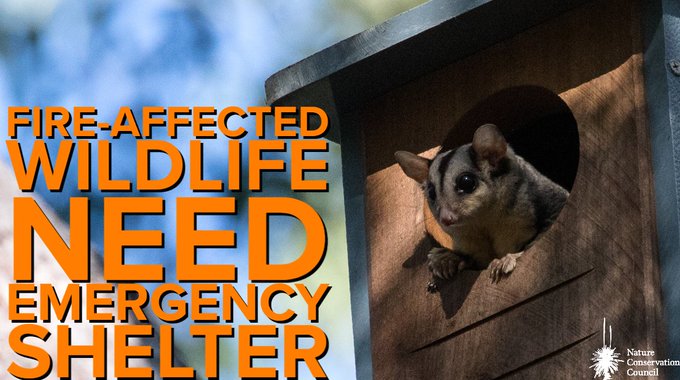 |
| Drought, bushfires and rainstorms turn Australian rivers black |
Luke
Pearce had arrived at Mannus Creek for a three-day mission to rescue
the Murray-Darling Basin’s last population of Macquarie perch.
For
10 years Pearce had visited this spot on the edge of the Snowy
Mountains that, just weeks earlier, was ravaged by fire. There had
been rain and the creek was flowing fast.
But
as Pearce and his colleagues stood on the bank – nets at the ready
– the water turned “to a river of black porridge”.
“We
got there at about midday with two teams. But we were too late,” he
says.
Pearce
is a fisheries manager in the New South Wales Department of Primary
Industries. A week earlier, he had caught nine of the endangered
perch and taken them to the tanks at Narrandera Fisheries Centre.
But
Pearce says nine was not enough to be confident they could breed
enough in captivity to replenish the river. About 100 specimens would
be be ideal, but Pearce says the fish are in such low numbers that he
was hoping for 20. Hence the rescue mission on 20 January.
“It
was a front of black water coming down,” Pearce says. “The water
was pretty bad to start with, but it went from green to inky black.
“It
was a moment of complete despair and, really, a feeling of a missed
opportunity. Maybe if we’d got there four or five hours earlier we
may have been able to get one or two more.”
An
electronic probe in the water monitoring the oxygen levels dropped to
show zero within hours, Pearce says.
“Watching
those oxygen levels drop like that I had grave fears we could have
lost all the fish in that system. It was devastating having worked
there for such a long time to then potentially lose all this.”
The
river was too black to see any fish, but crayfish, shrimp and mayfly
larvae were crawling out.
What
happened at Mannus Creek is one example of what scientists have
described as a “triple whammy” hitting rivers on Australia’s
east coast and inland.
Drought
and a long-term drying has delivered a cascade of mass fish kills
since late 2018, with low river flows, low oxygen and algal blooms.
Authorities and politicians warned repeatedly in 2019 that ongoing
drying would see more mass fish kills.
Then
Australia’s bushfire crisis struck across catchments. Now heavy
rain has washed sludge and ash into rivers, robbing the remaining
fish of oxygen.
Hundreds
of thousands of fish have died in multiple events – some caused by
lack of water, and some caused by downpours running over burned
catchments.
At
one time, Macquarie perch was one of the most abundant native fish in
the Murray-Darling system – prized by anglers and also commercial
fishers.
But
a NSW government assessment of the fish in 2008 wrote the building of
dams and weirs had compromised spawning areas and blocked the fish’s
movement. Overfishing, pollution and predation by introduced species
like redfin perch had also caused numbers to plummet.
 |
| When Luke Pearce returned to Mannus Creek after the fires he was confronted with a scene of carnage. Photograph: Luke Pearce |
Read
the full article here.















